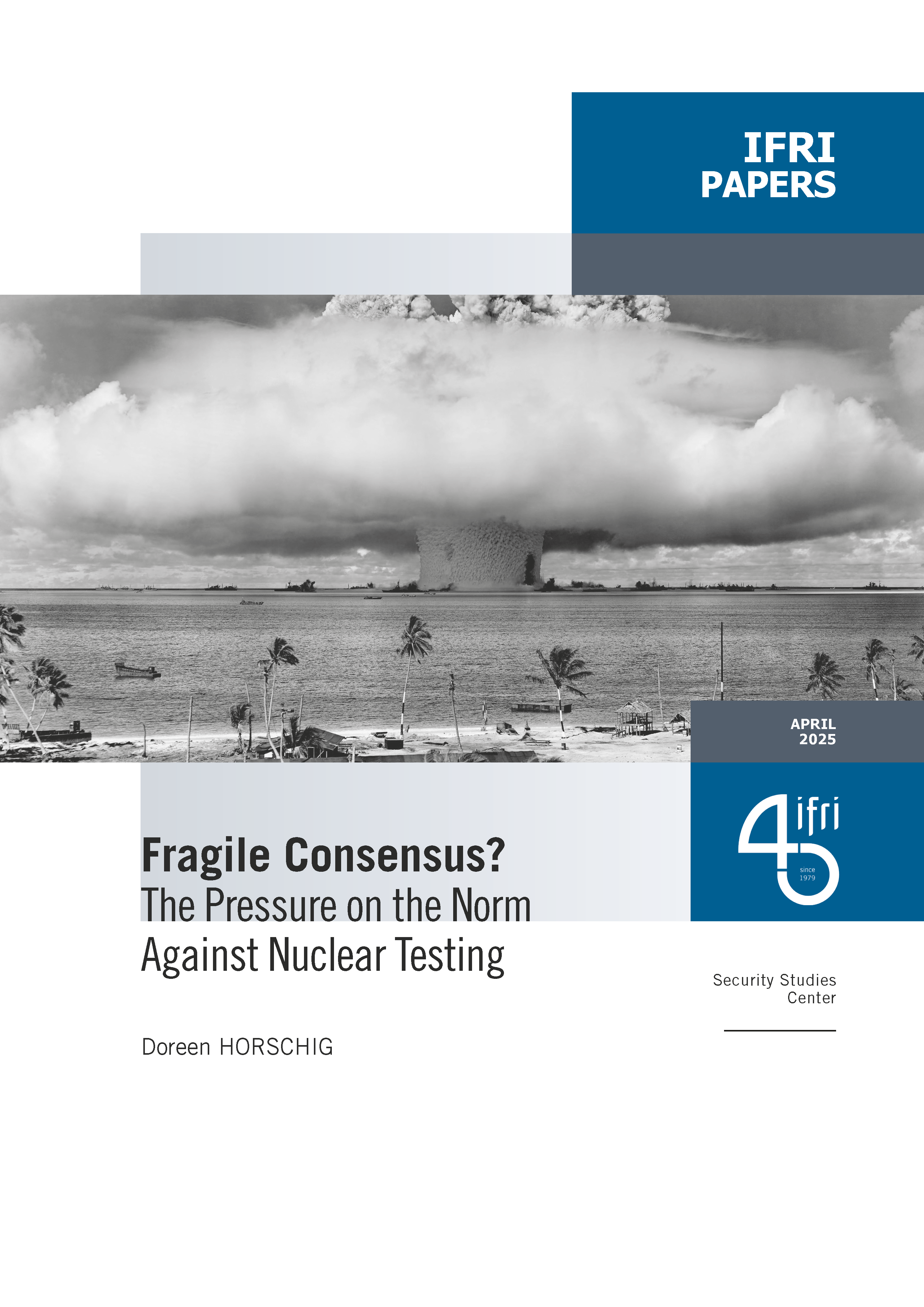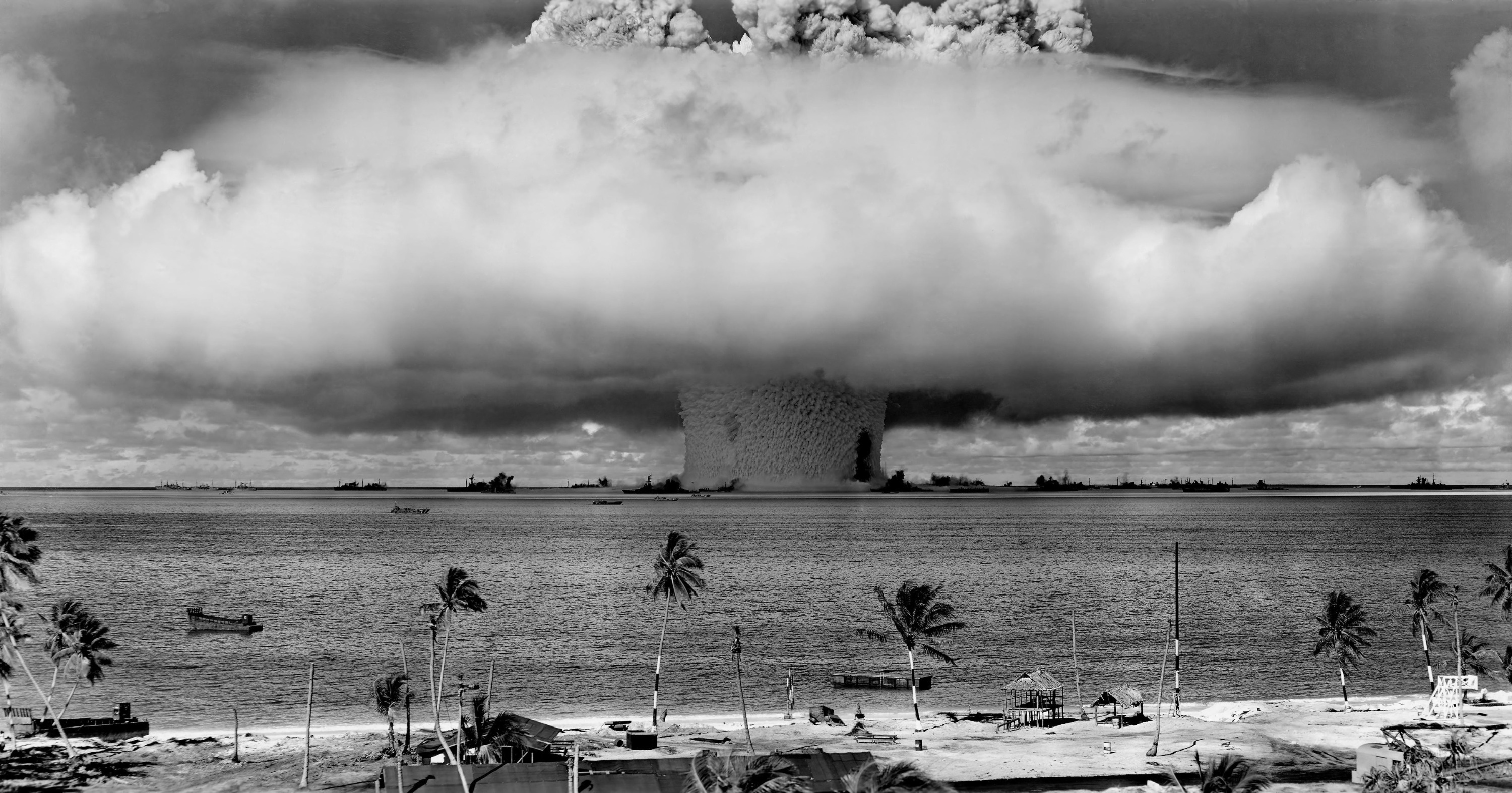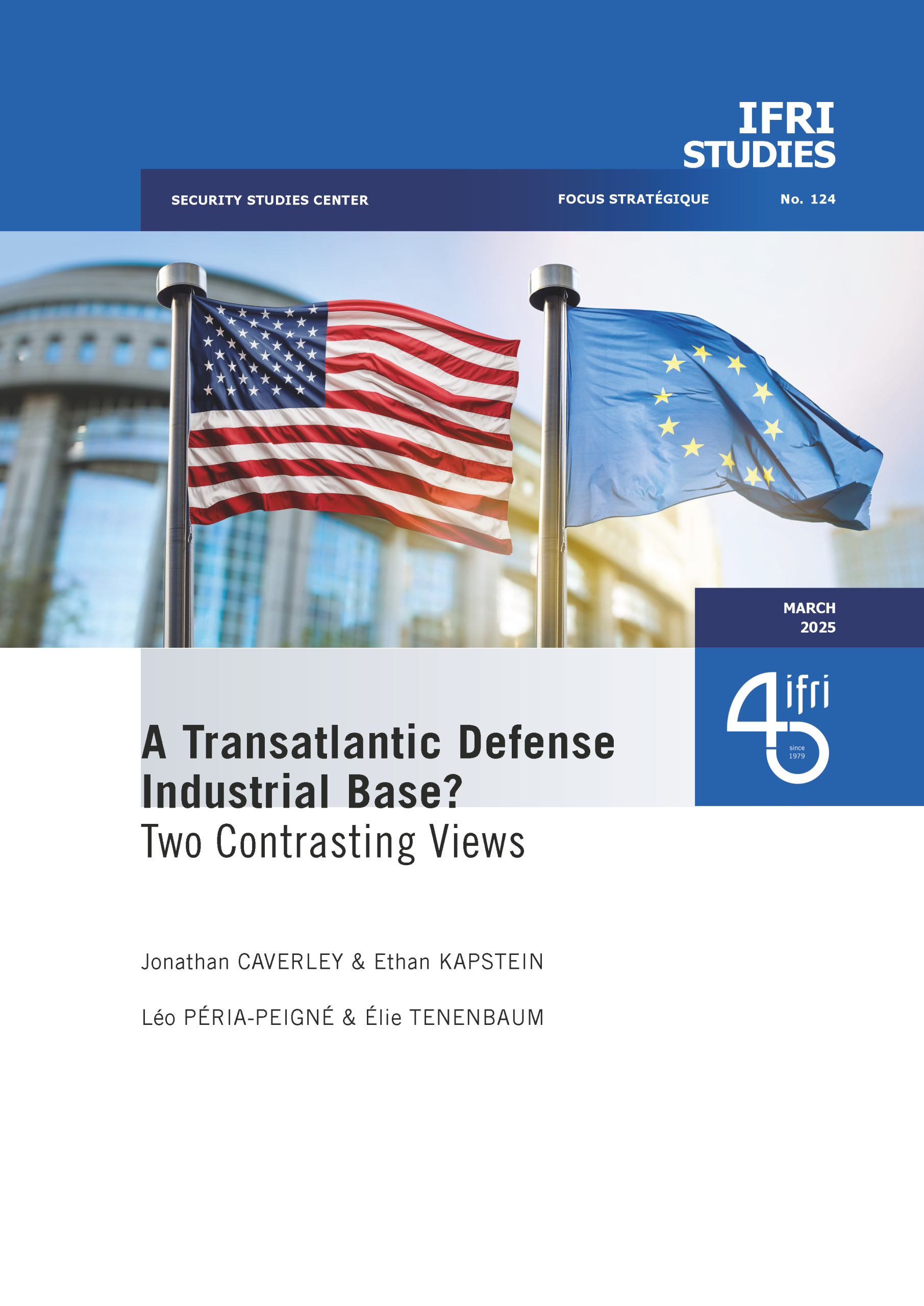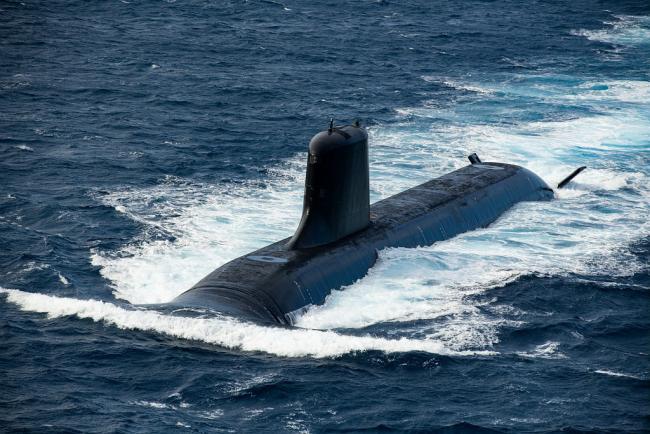A Fragile Consensus? The Pressure on the Norm Against Nuclear Testing

Apart from North Korea, no state has conducted explosive nuclear tests in the 21st century, reflecting the emergence of a strong international norm against such testing.

This norm developed under scientific, public, and strategic pressure, leading to the Partial Test Ban Treaty in 1963 and later to the Comprehensive Nuclear-Test-Ban Treaty (CTBT) in 1996. Although the treaty has not yet entered into force, its global monitoring system has made secret testing nearly impossible, and major nuclear powers have maintained voluntary moratoriums. After the Cold War, computer-based simulations replaced physical tests, further reinforcing the ban.
However, recent global developments suggest that the norm against nuclear testing is increasingly being challenged by nuclear powers. Russia and China have been accused of conducting low-yield nuclear tests: Russia’s primary objective appears to be intimidating the West, while China’s motivation is driven by technical considerations. North Korea has conducted physical tests to verify and enhance the reliability of its nuclear arsenal, but also to demonstrate its progress. Concerns have also emerged over the possibility of the United States resuming testing, especially since the CTBT has not yet been ratified.
Yet, open-source evidence suggesting that Russia, China, or the United States are seriously considering a return to explosive testing remains limited. Most declarations have been conditional threats or made by former officials. Today, nuclear tests and the threat of testing serve diverse strategic purposes. Once primarily focused on technological development and arsenal technical reliability, they have now become instruments of geopolitical pressure and power demonstration.
The international community should remain committed to preventing further explosive nuclear tests. The P5 framework provides a valuable platform for addressing these issues. Non-nuclear weapon states can also take various measures to reinforce the norm against testing, such as isolating norm violators, advocating for strengthening the CTBT’s International Monitoring System (IMS), and globally supporting the CTBTO.

Available in:
Themes and regions
ISBN / ISSN
Share
Download the full analysis
This page contains only a summary of our work. If you would like to have access to all the information from our research on the subject, you can download the full version in PDF format.
A Fragile Consensus? The Pressure on the Norm Against Nuclear Testing
Related centers and programs
Discover our other research centers and programsFind out more
Discover all our analysesTaking the Pulse: Can Europeans Build Their Independent Extended Nuclear Deterrent?
Confronted with a U.S. disengagement and the Russian threat, Europeans are reconsidering their stance on nuclear deterrence. Given the capabilities of the French and British arsenals, can Europe develop an independent nuclear deterrent?

Towards a European Nuclear Deterrent
While major European powers may have to contemplate nuclear deterrence without America, the national flexibility and European financial support required to make it feasible is currently difficult to imagine.
The Future of Nuclear Proliferation after the War in Ukraine
In the context of deep changes to the international security environment, especially the war in Ukraine, the risks of nuclear proliferation seem quite high, especially in the Middle East and East Asia.
Naval Nuclear Propulsion: The Technical and Strategic Challenges of a Restricted Technology
The technical and operational capabilities of naval nuclear propulsion - discretion, power, autonomy and manoeuvrability - make this technology a strategic asset for nuclear deterrence.








